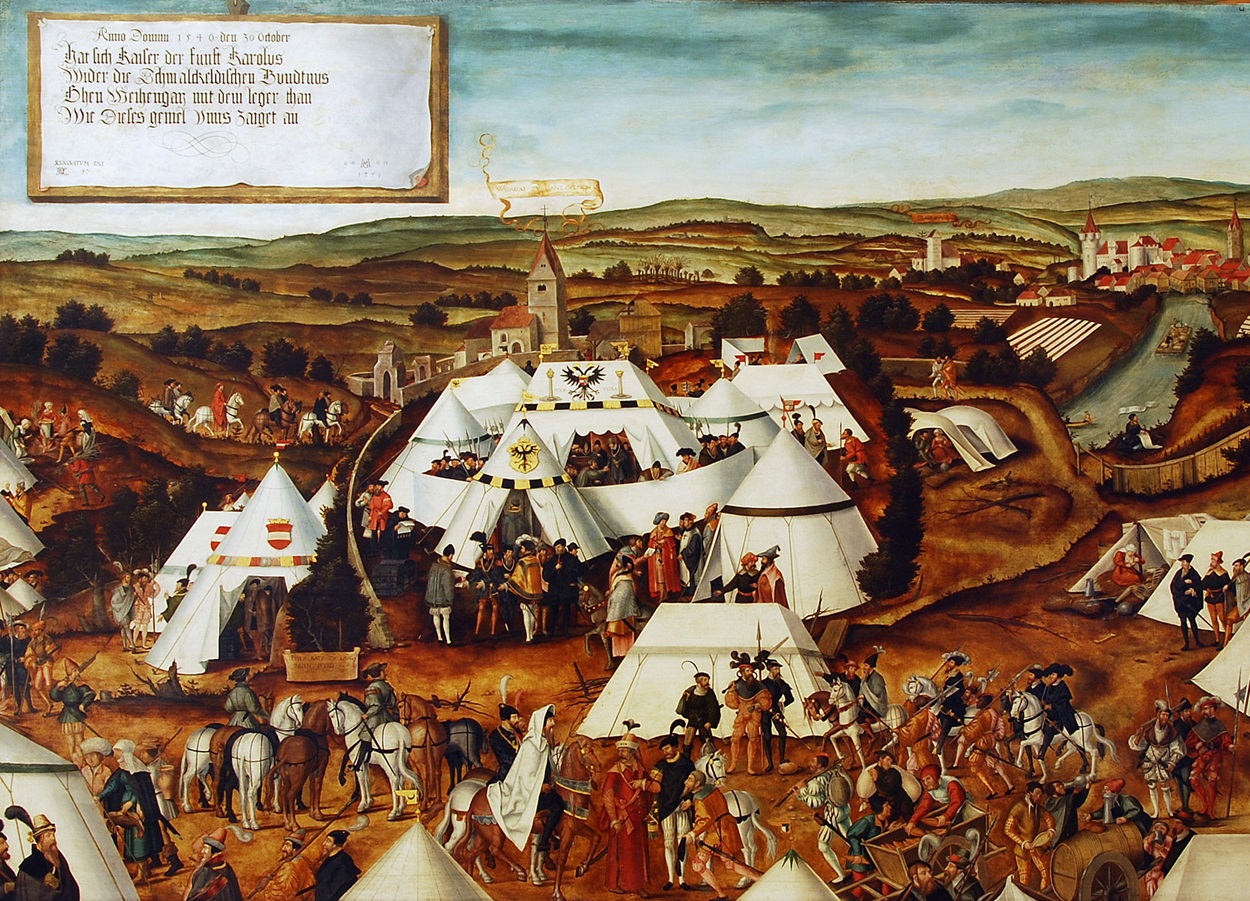Archaeologists from the Bavarian State Office for Monument Preservation have unearthed burials from the Schmalkaldic War that correspond to details in a 1551 historical painting.
The Schmalkaldic War (1546 to 1547) was a conflict between the allied forces of Charles V, Holy Roman Emperor, and Maurice, Duke of Saxony, against the Lutheran Schmalkaldic League – a military alliance of Lutheran principalities and cities within the Holy Roman Empire.
The war was driven by Charles V’s attempt to reassert Catholic authority and the League’s resistance to Imperial control. The war culminated in the Battle of Mühlberg (1547), where the Imperial forces decisively defeated the Schmalkaldic League, capturing its key leaders.
Despite this victory, Lutheran ideas had already spread so widely across Europe, that they could no longer be suppressed by military force.

Excavations east of the German town of Lauingen have unearthed five burials that correspond to the location of the Imperial encampment depicted in a 1551 painting by Matthias Gerung, called Heerlager Karls V. bei Lauingen (Charles V’s Military Camp near Lauingen).
According to a press statement by the BLfD, the burials contain the remains of five men who were found with a boot fastener and four small silver coins that date from the 16th century.
“The age of the coins suggests a direct connection between these burials and the brief period of the Schmalkaldic War, specifically between October and November 1546,” explains Dr. Johann Friedrich Tolksdorf, Deputy Head of the Archaeological Monument Preservation Department in Swabia at the Bavarian State Office for Monument Preservation (BLfD).
Header Image Credit : BLfD
Sources : BLfD







